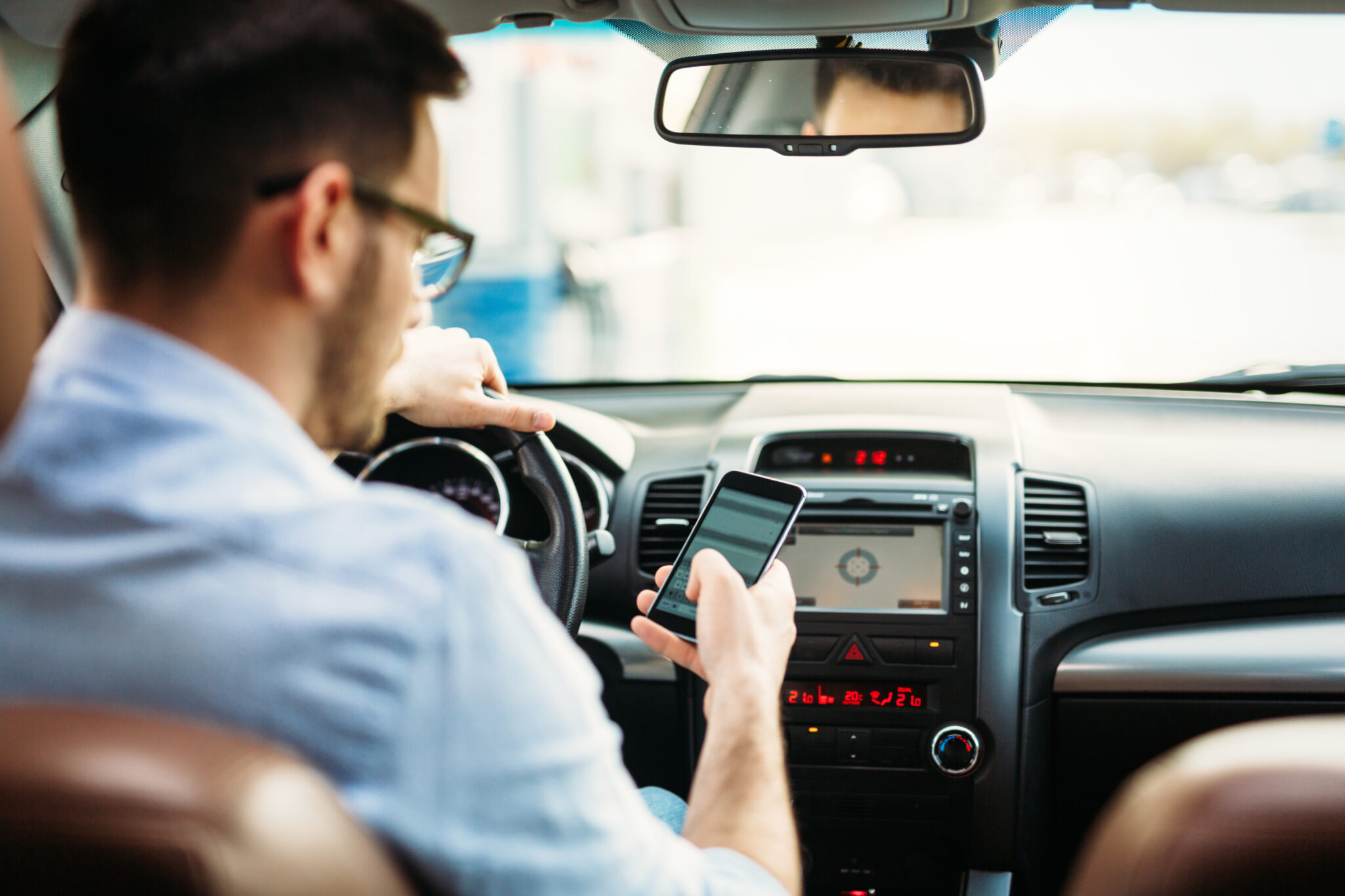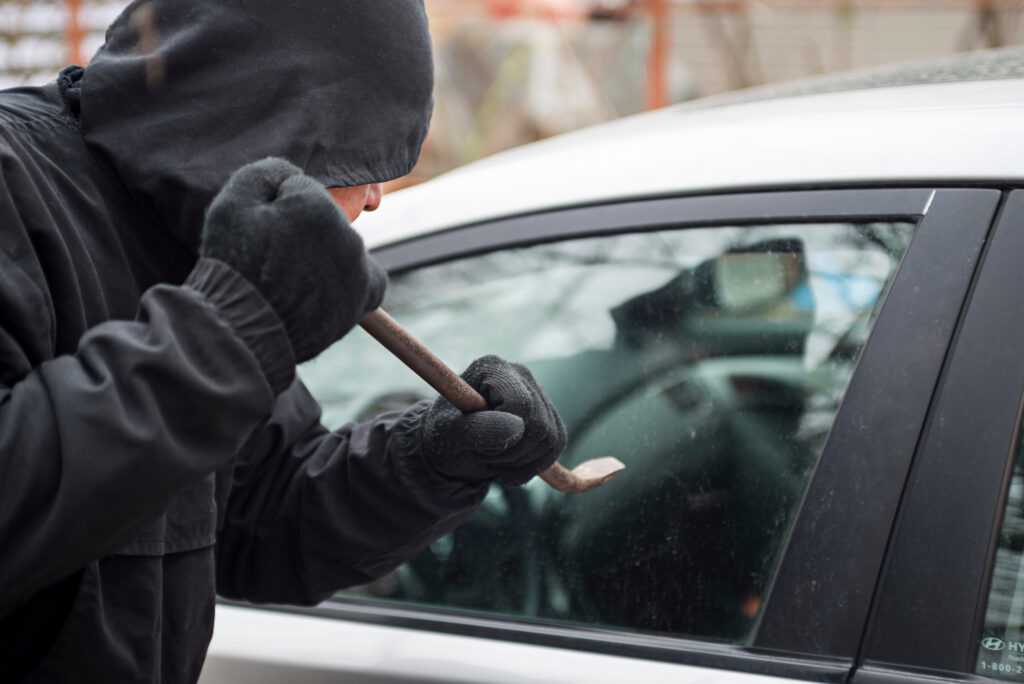Being a high-risk driver is tough. You need auto insurance to drive. But how do you get it if no one will cover you? Luckily, there are still ways you can acquire coverage. Your state may be able to assign you to a risk pool, where an insurer will have to sell you a policy.
In this article, we’ll break down how your state can help you buy insurance if you’re a high-risk driver. We’ll tell you about state-assigned risk pools that can help match you with a provider. This includes how much coverage will cost when you buy it through a risk pool. You’ll also learn about SR-22s and how your state might order you to file one.
High-Risk Driver Basics
A high-risk driver is someone who insurance companies shy away from doing business with. This is because these motorists are more likely to of file claims and costing their insurers more money.
These drivers usually have several tickets or accidents on their record. But other past behaviors can make insurance providers label you unsafe. Here’s how you could fall into the category of high risk driver:
- Tickets. Having too many moving violations on your record can make you high risk. Severe tickets like reckless driving and DUIs can give you the label right away.
- Car accidents. Racking up accidents is a surefire way get on your insurer’s bad side. At-fault accidents might cause them to designate you high-risk even sooner. One or two accidents in a few years probably isn’t a big deal, but any more could cost you.
- Poor credit score. In some states, your credit score can play a role in affecting your rates. Too low of a credit score could put you in the category of risky motorist.
- Bad insurance record. Canceling your policy abruptly or missing payments can cause you to be high-risk. Having lots of time between policies can also give you a risky status.
- You’re a new driver. First-time drivers are considered high-risk by default and charged more for coverage. This is especially true if you’re also a young driver.
Some of the risk factors above aren’t in your control. But others, such as tickets and accidents, generally are. Keep in mind that tickets and accidents typically stay on your record for three to five years. This is how long you might stay high-risk.
How State-Assigned Risk Pools Work
Your state may offer risk pools for those who can’t get insurance. This is where your state places you in a pool with other high-risk people, and then assigns you to an insurer. That provider has to offer you a policy, no matter your risk level.
Even though insurers must provide you with a policy, they may still set your premiums very high. But this might be your only option if you need insurance. Risk pools may also not let you buy other types of coverage. Be sure to contact your state’s insurance department or your agent if you have any questions about what’s available in your state’s risk pool.
State Programs If You Can’t Afford Coverage
There’s no way around it. When you’re a high-risk driver, your premium will be expensive. If you’re low-income or can’t afford insurance, your state might be able to help you. A few states offer to aid in paying for your auto coverage. The following states offer low-income programs:
- California
- Hawaii
- New Jersey
To qualify for a state’s low-income program, you usually need to prove that you’re low-income. States usually assess this by looking at your assets and total income. Once they determine that you can’t afford car insurance, they’ll step in and offer financial aid.
Each of the three states’ programs is a little different, though. Check your state’s policies on low-income coverage to find out exactly how you can get it.
Your State May Order You to File an SR-22
It’s common for states to order you to file an SR-22 form when you’re a high-risk driver. This form certifies that you have the bare minimum coverage requirements in your state. Your state would ask you to file this form because it wants to ensure that you have enough protection to cover the expenses in an accident.
Typically, this only requires you to buy basic liability insurance. But other states might require you to buy other types of coverage, such as medical payments or uninsured and underinsured motorist.
Other Ways to Get Coverage if You’re High-Risk
State-assigned risk pools aren’t the only option when you’re a high-risk driver. Some companies specifically write insurance policies for high-risk drivers. These are non-standard insurers.
A non-standard auto policy is very similar to a regular one. But it’s often far more expensive. This is because non-standard insurance is only for high-risk drivers. There may also be certain limitations on your policy if you buy from a non-standard company. This could be limits on actions like how many miles you can drive a car or getting discounts.
Even though non-standard coverage is generally expensive, you shouldn’t just go with the first company you see. Many companies offer non-standard insurance. You’re already going to be paying a lot, so you should try and save as much as you can.
Check out our article on the best car insurance for people with tickets and accidents on their driving record. We rank the better-known high-risk coverage options from best to worst. You may not find cheap a cheap policy, but you’ll get the best deal possible.
Frequently Asked Questions
Is there any way to stop being a high-risk driver?
There are ways that you can lower your risk as a driver and a customer. Taking steps to lower your risk can remove your high-risk label and bring your premiums back down to earth. Here’s how you can try and lower your risk:
- Maintain a clean driving record
- Take a defensive driving course
- Have a good credit score
- Don’t miss any insurance payments
- Gain driving experience if you’re new
After you take the steps in the list above, it’s just a waiting game. It’ll be up to each insurer to decide whether you’re still high-risk. Remember that tickets and accidents typically stay on your record for about three to five years. Though, the exact number of years will depend on your state. This is about how long you can expect to pay more for coverage before any change happens.
If that’s too long a wait and you’d like to switch to another insurer, one that handles new drivers better, we’ve got you covered. Check out our article, “Best Car Insurance Companies for New Drivers,” to find out if you can get a better deal.
Can an insurer deny me coverage in a state risk pool?
Generally, insurers can’t deny you a policy in a state risk pool. They voluntarily join the pool to offer insurance to high-risk customers. This means that, no matter how bad your record is, you should have a chance to get an auto policy.
You should know that the premiums for drivers in risk pools are usually very pricey. This is something you should prepare for before you try and buy coverage as a high-risk driver. Non-standard insurers will also offer policies at similarly elevated rates.
What if I can’t afford high-risk car coverage?
Car insurance for drivers labeled as risky is very expensive. But some states offer programs that can help you pay for it. If you can show that you’re low-income, you can receive financial aid in:
- California
- Hawaii
- New Jersey


